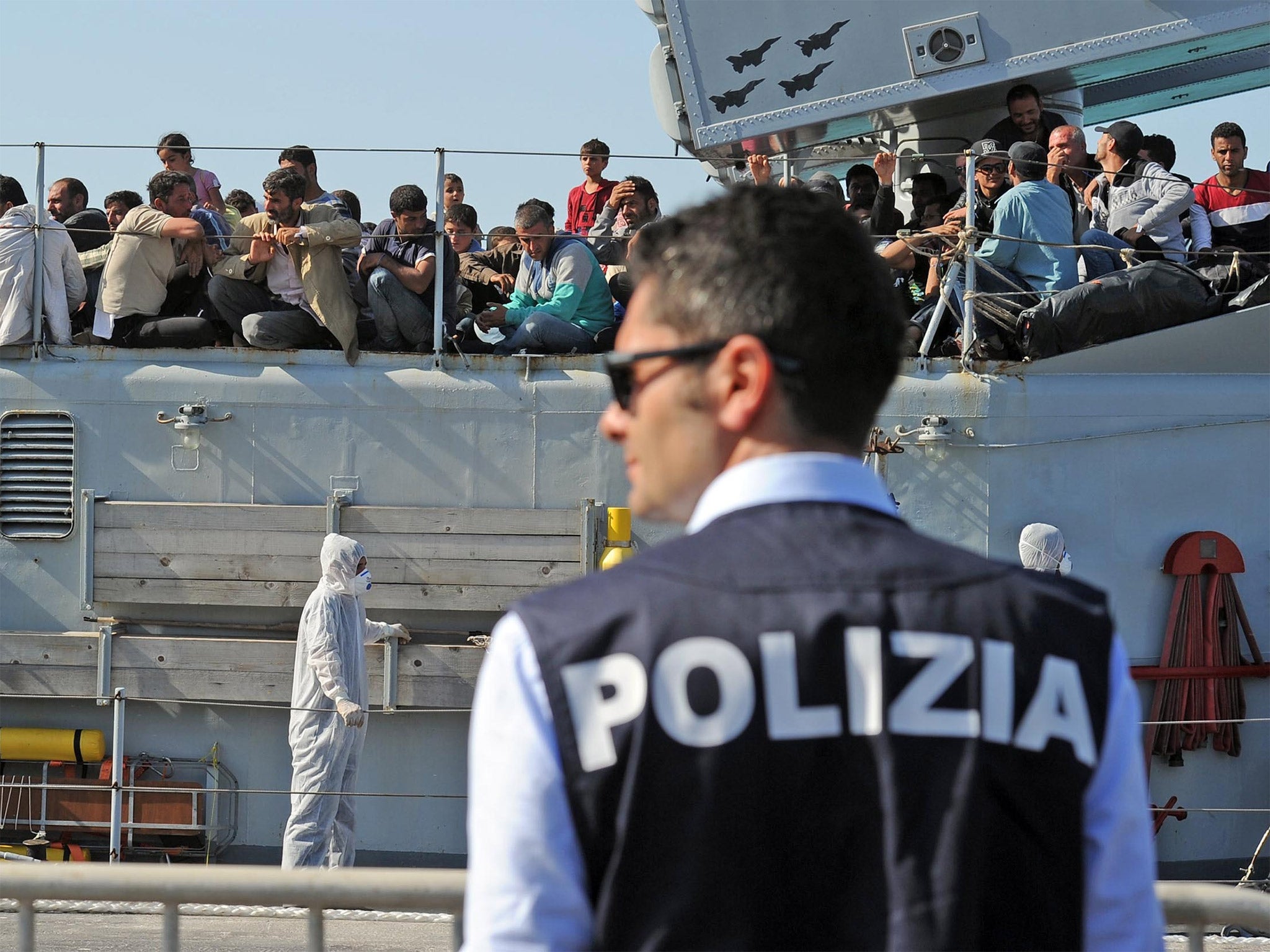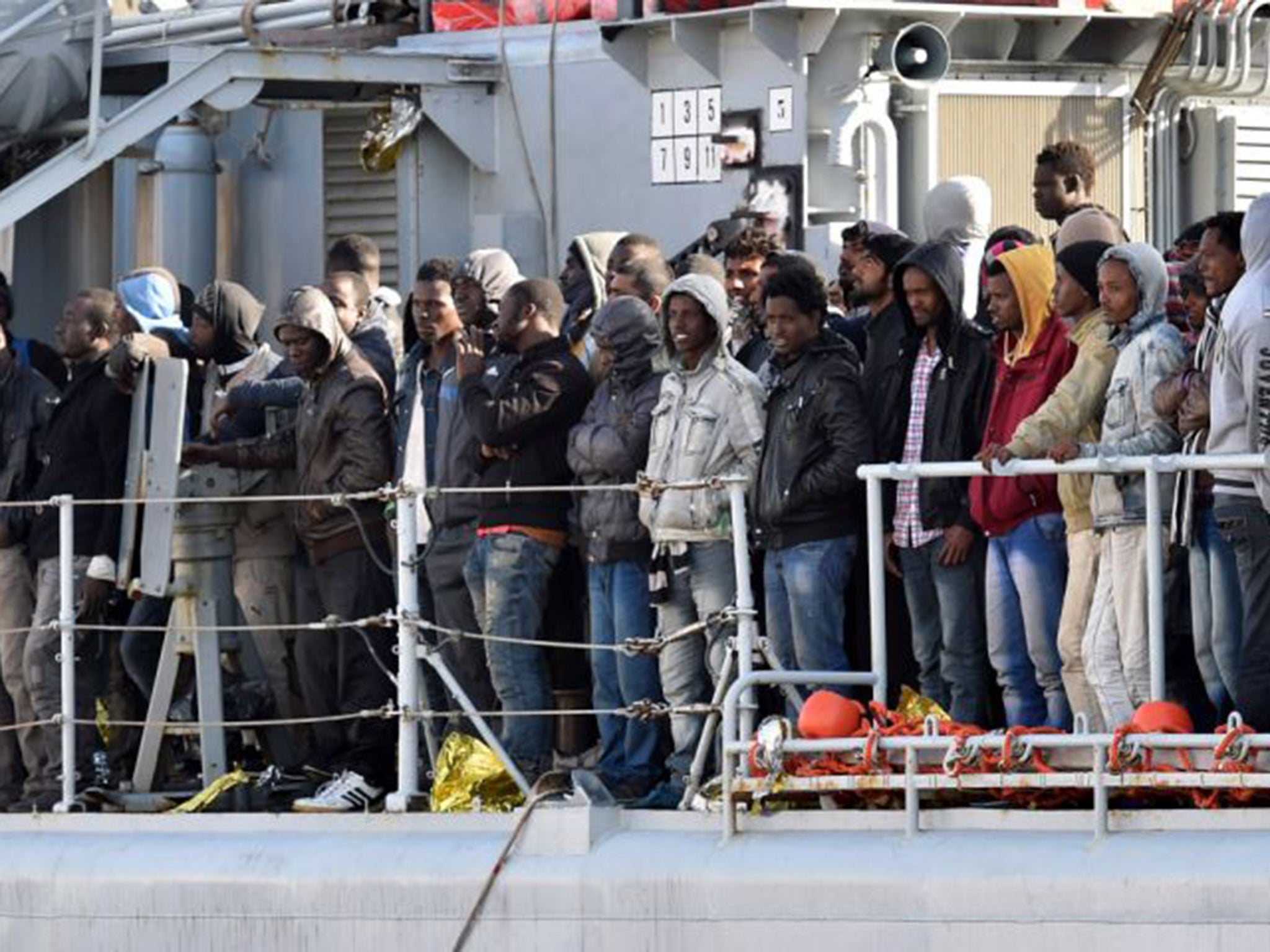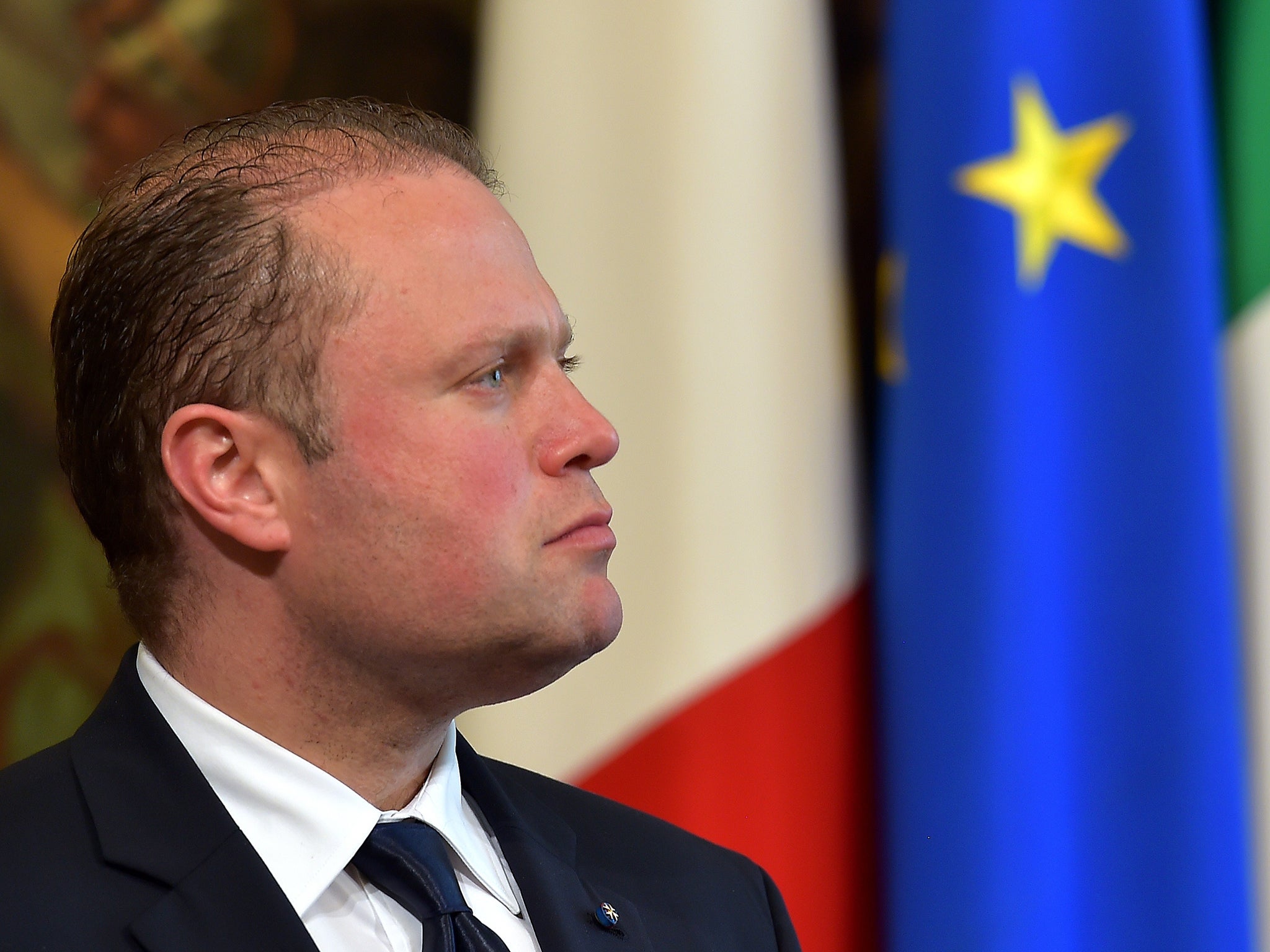Migrant boat disaster: How to end the loss of life in the Mediterranean
From search and rescue to blockading traffickers, the options explained

Extend search and rescue mission in the Mediterranean
The EU foreign policy chief Italian Federica Mogherini has said that “with this latest tragedy the EU has no more excuses”. At the end of last year, its member states refused to help finance the $9.7m (£6.5m) a month Italian-led search and rescue operation in the Mediterranean known as the Mare Nostrum.
The argument was that an effective safety mission provides an incentive to make the journey. The 1,500 or so who have lost their lives already this year might disprove the notion that Mare Nostrum encouraged people to make the trip. In all, about 20,000 people have successfully made it to the Italian coast so far this year. The Mare Nostrum operation was replaced by the EU-financed Triton mission. It has just one plane, one helicopter and nine boats at its disposal.

Controlled immigration
The mayor of Catania in Sicily, Enzo Bianco, has called for an “official humanitarian corridor” to be opened to allow controlled immigration across the EU. Mr Bianco’s town is where many of the dead from Sunday’s disaster are being taken. With many mainstream political parties in Europe trying to outflank a growing right wing in their own countries, few are likely to agree to greater immigration.
Tackle the Libyan crisis
While EU member states disagree on policies for dealing with migrants and traffickers – and immigration issues are largely dealt with at a national level – almost all agree that the root cause of the problem lies in the instability in Libya, from where most of the people smugglers operate. With competing administrations and Isis operating in the country, it is not clear how this could be done. UN talks on finding a resolution are ongoing.
Boots on the ground
Joseph Muscat, the Maltese Prime Minister, has called for an UN-backed force to intervene directly in Libya to tackle the people smugglers. This is simply not going to happen. Regardless of the high cost of such a campaign, the burden would fall on the UK, France and Italy, none of which has the slightest intention of committing troops to the problem, especially amid accusations that the mess in Libya today is partly a result of their air campaign in 2011. As well as risking that their troops could be targeted by Isis, it would also not solve the problem. Smugglers would quickly find alternative routes. All countries agree that breaking smuggling networks is key to preventing vast numbers from drowning, but there is little consensus on how this is done.

Blockade smuggler boats
Some on the right in Europe, especially in Italy, have aired the idea of blockading smugglers’ boats around the Libyan coast. This is already been rejected by Matteo Renzi, the Italian Prime Minister, who points out that naval vessels charged with organising the blockade would probably end up scooping migrants out of the water – the smugglers would simply throw them overboard, he said. Others have raised the possibility of sinking smugglers’ boats. Since the boats are not designed to carry large numbers in the first place, it would be difficult to identify which are the smugglers’, and there are plenty of vessels available to them – they would simply buy others.
Join our commenting forum
Join thought-provoking conversations, follow other Independent readers and see their replies
Comments